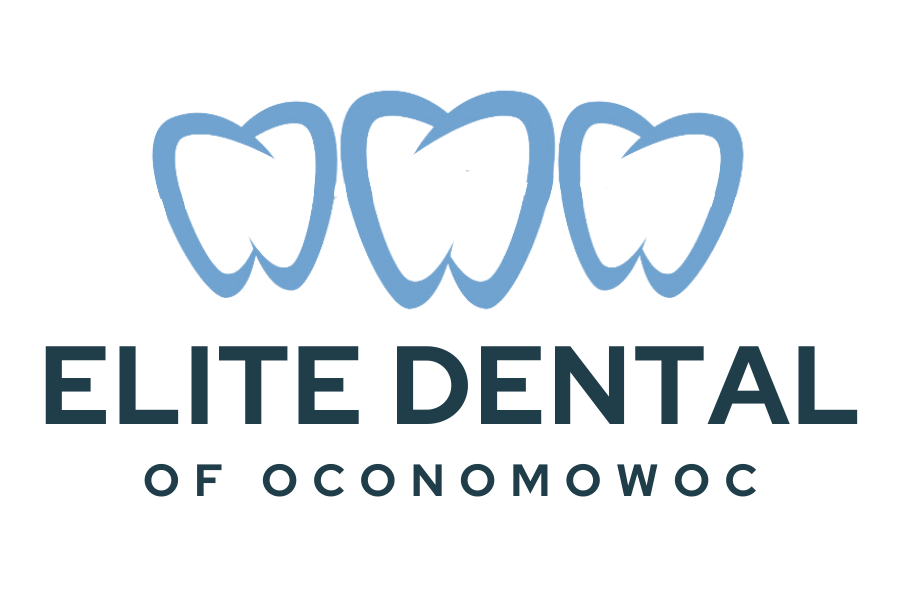All About Cavities

Below is an excerpt from an article found on Colgate.com that was Reviewed by the Faculty of Columbia University College of Dental Medicine
What’s in Your Mouth?
To understand what happens when your teeth decay, it’s helpful to know what’s in your mouth naturally. Here are a few of the elements:
- Saliva – Your mouth and teeth are constantly bathed in saliva. We never give much thought to our spit, but this fluid is remarkable for what it does to help protect our oral health. Saliva keeps teeth and other parts of your mouth moist and washes away bits of food. Saliva contains minerals that strengthen teeth. It includes buffering agents. They reduce the levels of acid that can decay teeth. Saliva also protects against some viruses and bacteria.
- Plaque – Plaque is a soft, gooey substance that sticks to the teeth a bit like jam sticks to a spoon. Like the slime that clings to the bottom of a swimming pool, plaque is a type of biofilm. It contains large numbers of closely packed bacteria, components taken from saliva, and bits of food. Also in the mix are bacterial byproducts and white blood cells. Plaque grows when bacteria attach to the tooth and begin to multiply. Plaque starts forming right after a tooth is cleaned. Within an hour, there’s enough to measure. As time goes on, the plaque thickens. Within two to six hours, the plaque teems with bacteria that can cause cavities and periodontal (gum) disease.
- Calculus – If left alone long enough, plaque absorbs minerals from saliva. These minerals form crystals and harden into calculus. Then new plaque forms on top of existing calculus. This new layer can also become hard.
- Bacteria – We have many types of bacteria in our mouths. Some bacteria are good; they help control destructive bacteria. When it comes to decay, Streptococcus mutans and Lactobacilli are the bacteria that cause the most damage to teeth.
To read the entire article visit Colgate.com.
The remainder of the article details the following:
- How Your Teeth Decay
- Types of Decay
- Preventing Cavities
Drs. Leaman, Setnicar & Piacsek, S.C.
James Leaman DDS, Joseph Setnicar DDS, Stacie Piacsek DDS
820 Summit Avenue
Oconomowoc, WI 53066
262-567-4466
